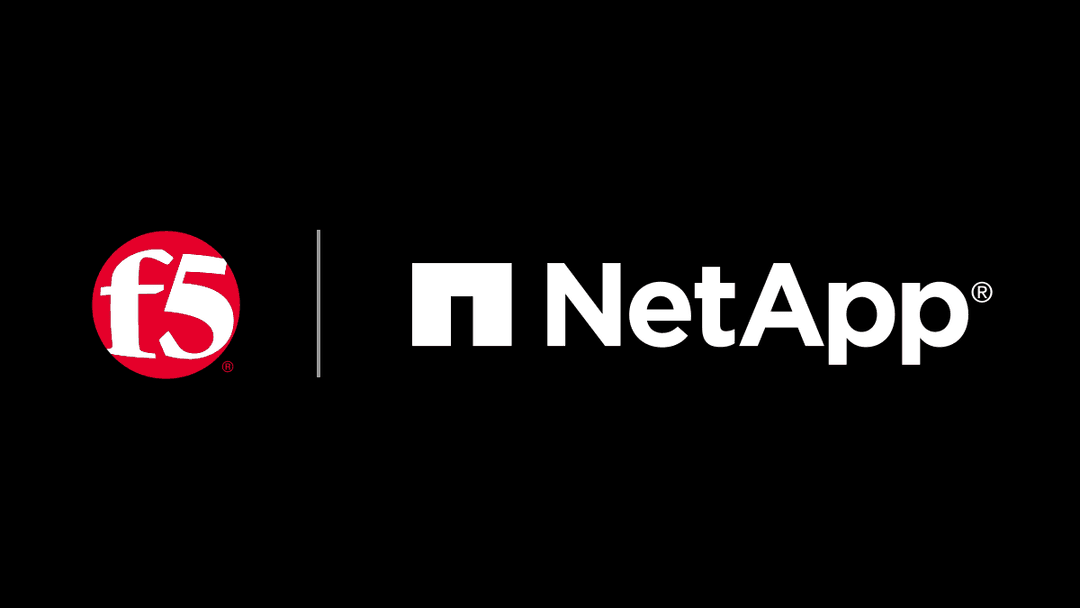In today’s digital economy, not all threats are obvious. Some arrive cloaked in legitimacy—automated scripts that mimic users, bots that follow business logic, and AI agents that blend seamlessly into normal traffic patterns. These actors don’t exploit code; they exploit assumptions. Their weapon isn’t malware or malformed packets—it’s intent.
Security and risk management (SRM) leaders now face a new reality: intent is the new payload. Autonomous traffic that appears benign on the surface can be engineered to cause significant business harm, bypassing traditional defenses like web application firewalls (WAFs), distributed denial-of-service (DDoS) mitigation, and API gateways with surprising ease.
The illusion of safety: Why traditional defenses are no longer enough
WAFs and DDoS mitigation have long been the cornerstones of application security. Yet, these tools were never designed to detect behavioral nuance. They answer questions like, “What is in this request?” and not “Who is making it?” or “Why are they doing it?”
Where WAFs come up short
Most WAFs operate on two security models. The negative security model (denylist) blocks requests matching known attack signatures, while the positive security model (allowlist) only permits requests that conform to a predefined format. Modern WAFs attempt to thwart automated attacks with bot mitigation features like IP-based rate limiting, geo-filtering, and managed rulesets for known bad bots.
However, today’s advanced malicious bots consistently bypass these defenses. They generate traffic that appears legitimate at the protocol and application layers, taking advantage of the WAF’s focus on payload content rather than user intent. For example, a bot performing inventory hoarding merely uses the "add to cart" function as intended, a credential stuffing bot is simply submitting a login form, and a scraper bot is just requesting web pages. These actions don’t violate WAF signatures designed to catch code-level exploits like XSS or command injection, so WAFs have no architectural basis to stop them.
At the heart of this weakness is "context blindness." WAFs look for malicious patterns, not the story behind the request. They can’t determine “Who is sending this request?” or “How is the application being used?” A bot may use a headless browser, originate from a residential proxy with a history of abuse, and lack human-like mouse movements—all undetectable to a WAF.
Bots don’t necessarily operate at DDoS scale
DDoS protection services combat a different class of threat: high-volume attacks meant to overwhelm infrastructure. While these services can stop large-scale application-layer attacks like HTTP floods, their detection relies on analyzing traffic volume, rate, and source.
Advanced bots are built to evade these volumetric defenses. Unlike classic DDoS attacks, bots make requests that are syntactically perfect and individually harmless but collectively can exhaust critical application resources. By carefully throttling their requests to stay under detection thresholds, and by using thousands of unique IP addresses (often via residential proxies), they stay invisible to traditional IP-based blocking.
Today’s advanced bots are more sophisticated and persistent than ever. They represent a new class of automated threats—stealthy, adaptive, and economically motivated. Operating just below detection thresholds, they evade most traditional defenses.
Traditional tools simply can’t see the behavioral and contextual signals that reveal malicious automation. They work well against known threats—but struggle against adversaries who look just like real users.
Intent-based threats in action
Autonomous traffic is no longer just background noise; it’s a strategic weapon. These bots and AI agents are designed to mimic human behavior, making them difficult to spot and even harder to stop. Their targets aren’t always technical—they’re often economic:
- Credential stuffing & account takeover: Persistent bots inject stolen credentials into login forms at scale. Each request looks valid, but the intent is malicious, leading to fraud, data theft, and customer churn.
- Inventory hoarding & scalping: Bots instantly reserve or purchase high-demand items, creating artificial scarcity and frustrating genuine customers. This leads to lost revenue, brand damage, and market manipulation.
- Web scraping for competitive manipulation: Competitors deploy bots to harvest pricing and inventory, enabling real-time undercutting. The rise of generative AI has fueled an explosion in scraping, now used to feed large language models—creating a persistent threat to digital IP.
These are not brute-force attacks. They are precision strikes against business logic, executed by bots that know how to blend in.
Why intent Is the threat surface
Gartner’s 2025 cybersecurity trends reinforce this shift. SRM leaders are urged to see beyond the perimeter and adopt intent-aware, behavior-driven strategies:
- 68% of breaches are caused by human action—but bots now simulate those actions.
- By 2026, organizations combining generative AI with behavior-aware security programs will see 40% fewer employee-driven incidents.
- 85% of identity-related breaches stem from compromised machine identities—often exploited by bots.
Intent is the new perimeter. Autonomous traffic is the new insider threat.
A layered defense for the age of autonomy
To counter intent-based threats, SRM leaders must implement a layered defense strategy that goes beyond inspecting traffic to interrogate behavior, context, and purpose. Each layer has a distinct role in identifying and mitigating different risks:
- DDoS mitigation: Absorbs volumetric and protocol-based attacks meant to overwhelm infrastructure.
- Web application firewall (WAF): Blocks known exploits and enforces request structure at the application layer.
- API security: Protects machine-to-machine interactions through schema validation, rate limiting, and behavioral baselines—crucial as bots increasingly target APIs.
- Bot management: Analyzes behavior, detects intent, and stops automation that mimics legitimate users or business logic.

This is not redundancy, but specialization. Each layer is optimized for a different class of threat. It’s the final layer—bot management—that interrogates intent, unmasks automation, and defends business logic from abuse.
Shifting from reactive to intent-driven strategies
The digital threat landscape has fundamentally evolved. Relying solely on a web application firewall and DDoS mitigation is no longer sufficient for protecting web and mobile applications. While these technologies remain essential for defending against known vulnerabilities and volumetric attacks, they cannot stop the rise of advanced persistent bots that abuse business logic and meticulously mimic human behavior.
Protecting modern applications demands a third, specialized pillar of security, focused on determining user intent. With a multi-layered approach, organizations can shift from reactive, perimeter-based defenses to proactive, intent-driven strategies—equipped to prevail in today’s bot-driven Internet.
Schedule a consultation with an F5 bot management specialist for more information.
About the Author
Related Blog Posts

AppViewX + F5: Automating and orchestrating app delivery
As an F5 ADSP Select partner, AppViewX works with F5 to deliver a centralized orchestration solution to manage app services across distributed environments.

Build a quantum-safe backbone for AI with F5 and NetApp
By deploying F5 and NetApp solutions, enterprises can meet the demands of AI workloads, while preparing for a quantum future.

F5 ADSP Partner Program streamlines adoption of F5 platform
The new F5 ADSP Partner Program creates a dynamic ecosystem that drives growth and success for our partners and customers.
F5 NGINX Gateway Fabric is a certified solution for Red Hat OpenShift
F5 collaborates with Red Hat to deliver a solution that combines the high-performance app delivery of F5 NGINX with Red Hat OpenShift’s enterprise Kubernetes capabilities.
F5 Silverline Mitigates Record-Breaking DDoS Attacks
Malicious attacks are increasing in scale and complexity, threatening to overwhelm and breach the internal resources of businesses globally. Often, these attacks combine high-volume traffic with stealthy, low-and-slow, application-targeted attack techniques, powered by either automated botnets or human-driven tools.
Phishing Attacks Soar 220% During COVID-19 Peak as Cybercriminal Opportunism Intensifies
David Warburton, author of the F5 Labs 2020 Phishing and Fraud Report, describes how fraudsters are adapting to the pandemic and maps out the trends ahead in this video, with summary comments.